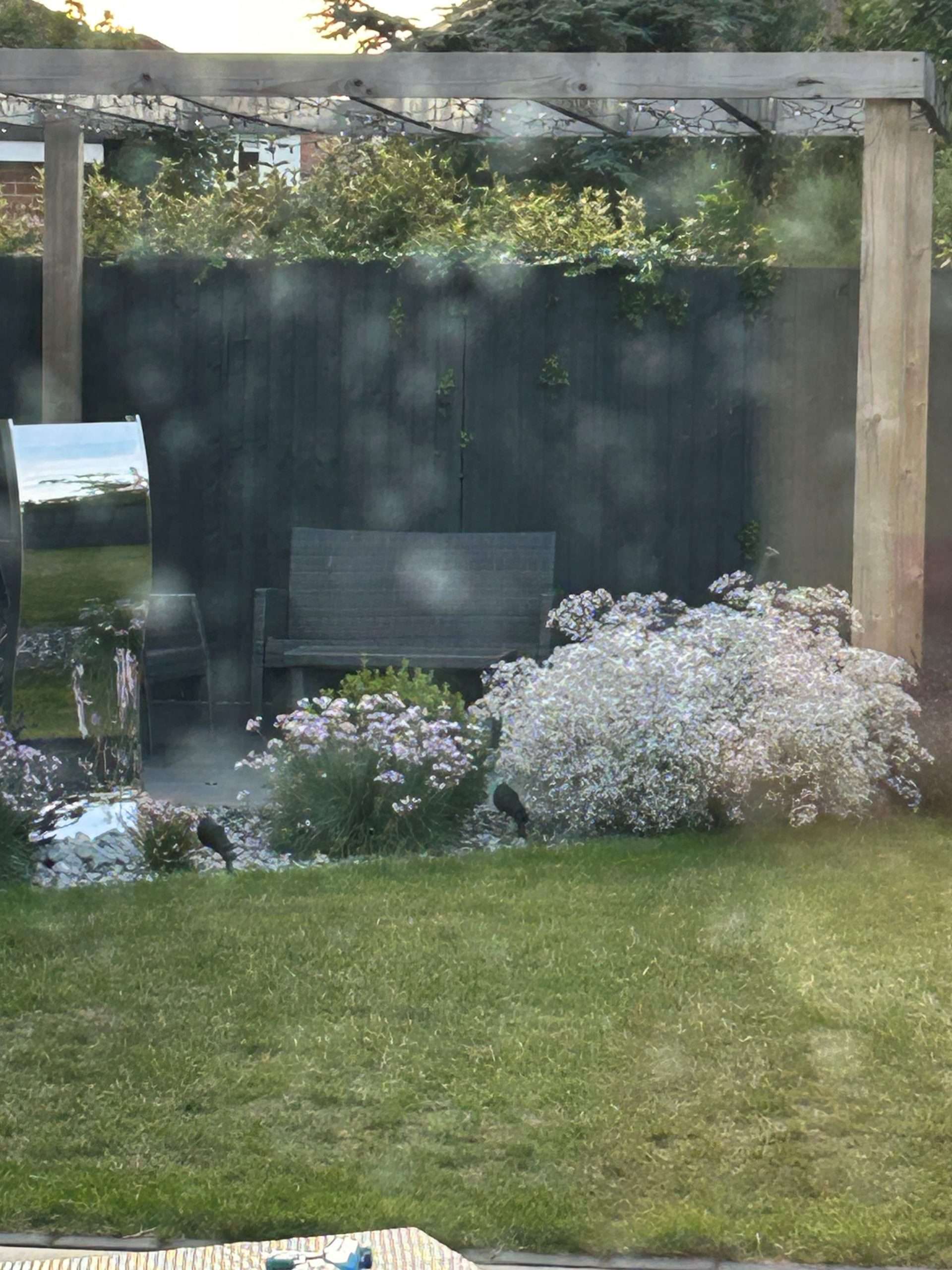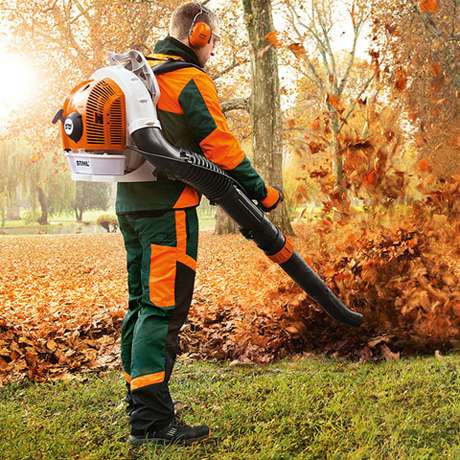Out of all the spaces in your home, your garden is obviously the area most likely to feel the full brunt of a storm – but happily, there’s plenty you can do to minimise the impact.
We’ve been providing unrivalled tool hire services to DIY customers for more than 50 years here at Smiths Hire, so we’re well-versed in the best ways to protect your garden from severe weather damage! Here’s what we’d recommend.

Secure your containers, and look out for loose objects
Containers, hollow and otherwise, are some of the first things it’s worth focusing on in your garden, as they can be prone to blowing over. Terracotta or porcelain ones can be a particular concern – not because they’re any more or less likely to blow over, but because they can be especially expensive if they’re to fall and break. Generally, the best thing to do is to move them over to a secure place, even if that’s just up against a wall, as that can shield them from direct wind.
Plastic containers on the other hand are less of a risk for breakage, but can still be at risk of blowing away. In the best case scenario, that can make them irritating to retrieve if they end up scattered around your space, and in the worst case scenario, you might lose them entirely. To avoid that, you might want to tie them up, or even weigh them down by placing some kind of weight inside them. (For smaller ones like watering cans for example, you can simply fill them with water, and that will do the job just fine.) The same principle goes for larger containers like wheelie bins.
While you’re at it, you may also want to take a closer look for loose objects that can be thrown around. Cushions, hammocks and other loose objects are at risk of high winds (not to mention being ruined by rain), so they’re often best stored in a shed, or ideally a garage. Chairs on the other hand can be stacked to give them more weight, and resilience against high winds – which is particularly useful if you have light plastic furniture. And of course, don’t leave any parasols or umbrellas open, and move them inside if you can.
Check your fences and shed
A windproof garden is, by definition, a safe garden. Wooden fences can be one of the most vulnerable fixtures to storms and extreme weather, so if you have the time, it’s always wise to conduct a quick inspection of both your fences and your shed, to see if there are any loose panels that may end up flying off.
Not only can that leave your fence or shed in a state of disrepair, but the pieces themselves can become dangerous missiles when caught in the winds, and easily end up causing damage to another feature or structure in your garden. (In the worst case scenarios, they even end up hurting someone). So, to head off that risk, keep an eye out for any pieces that look like they may be half hanging off already, and fix them or remove them as soon as you can. You may also want to check that your fence posts are properly secure, which maximises your fence’s resistance against high winds.
Your shed can be similarly at risk in storms, so while you’re looking out for loose panels, make sure to inspect it for any loose flapping on the roof as well. If you spot any, batten that down sharpish, or secure it with nails. As a final step, make sure that all the doors and windows to your shed (or greenhouse) are securely closed, because strong enough winds can even blow panes out.

Check your trees, shrubs and greenery
Similarly, to loose fence panels, broken or faltering branches on large trees can pose a serious risk in storms, both to property and people. Make sure to take a look around your garden for any large overhanging branches that look like they may be dangerous – and if you see any, don’t hesitate to take a pair of secateurs to them (provided it’s safe to do so).
For any saplings or young trees on the other hand, you may want to consider tying them with soft twine or a fabric belt. Some people use string, but that’s not a measure we’d recommend here at Smiths Hire. If the winds get high enough, that string can end up cutting into the trunks or branches of the trees, and cause them damage, so it’s best to stick with twine!
And if you’ve got any shrubs or greenery, keep your gardening tools handy. Shrubs like roses in particular are vulnerable to wind rock, so they’re good ones to start pruning back. Aim to take off about a third of the branches, and there will be a lot less chance of them blowing over. Similarly, you may also want to prune your climbers like wisteria, roses and clematis – once you take a bit of sail off, they can enjoy a significant boost to their survivability.
Those are just a couple of our top tips – you may well be able to think of one or two of your own! Whatever the case, if you need gardening tools or materials to help make your garden safe and secure in time for the stormy season, we’ve got exactly what you need here at Smiths Hire.

For over half a century, we’ve been providing high-end but affordable tools to the trade and DIY sectors – operating from 16 tool hire depots across the North West and Yorkshire, including several major cities like Manchester, Liverpool and Leeds. If you have any questions, or you’d like any help or advice about tool hire, don’t hesitate to call our team on 0333 323 2100. We’re here to help!

 0333 323 2100
0333 323 2100



